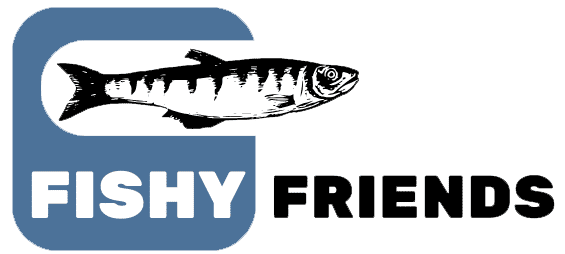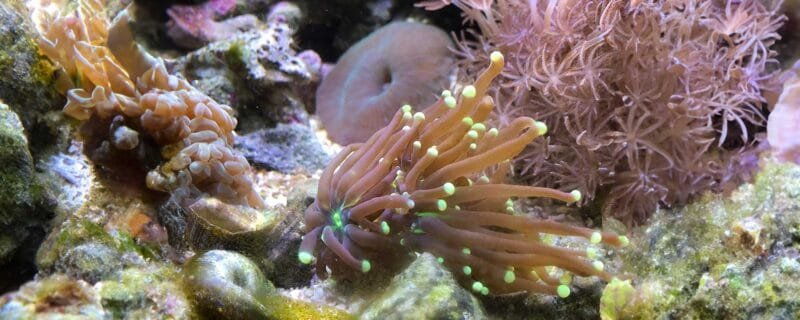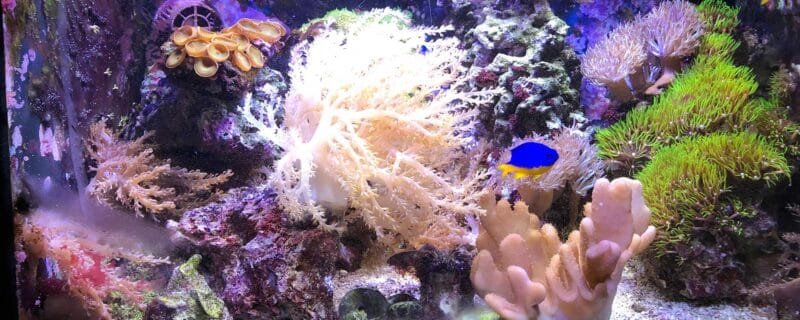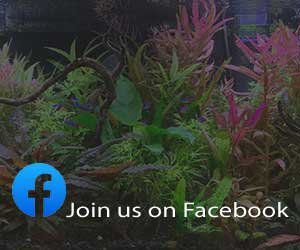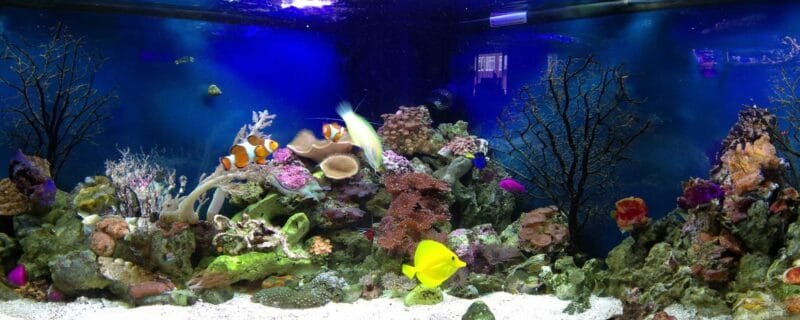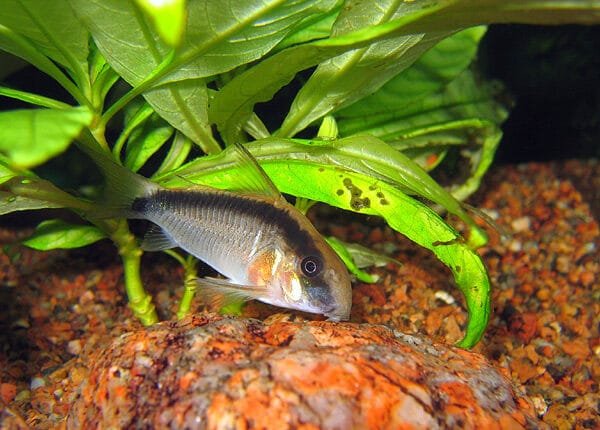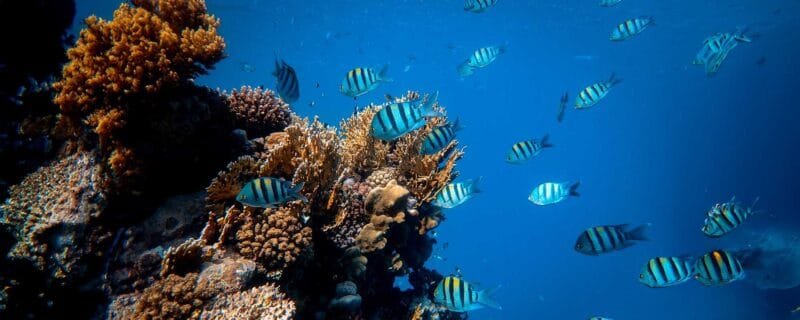The Cleaner Shrimp, also known as the Pacific Cleaner Shrimp or Scarlet Skunk Cleaner Shrimp, is one of the most iconic and beneficial marine invertebrates found in reef aquariums. Recognized by its vivid red and white coloration and bold personality, this shrimp is famous for its symbiotic relationship with reef fish — removing parasites, dead tissue, and debris. Native to the Indo-Pacific region, Lysmata amboinensis is a must-have for saltwater enthusiasts seeking both beauty and biological balance in their tanks.
Native Habitat
Cleaner Shrimp are native to the Indo-Pacific Ocean, ranging from the Red Sea and East Africa to the Central Pacific islands. They typically inhabit coral reefs, rocky crevices, and reef slopes, often establishing “cleaning stations” where fish gather to have parasites removed. These stations are fascinating examples of mutualistic behavior in nature, where the shrimp gains food and the fish gain health benefits.
Physical Description and Size
Adult Cleaner Shrimp typically reach about 2 inches (5 cm) in length. Their bodies are semi-transparent with striking red and white longitudinal stripes running from the head to the tail, and long, elegant white antennae used for communication and navigation. The bright coloration is not only beautiful but also acts as a visual signal to fish seeking cleaning services.
Diet
Cleaner Shrimp are omnivorous scavengers and opportunistic feeders. In the wild, their diet consists mainly of parasites, necrotic skin, and mucus from client fish. In captivity, they will eagerly accept a variety of foods, including:
-
Mysis and brine shrimp
-
Finely chopped seafood
-
High-quality flake or pellet foods
-
Algae wafers
-
Frozen reef blends
Feeding should be moderate; overfeeding can lead to excess waste in the tank. Although they clean fish, they still require supplemental feeding to remain healthy.
Sexing
Cleaner Shrimp are hermaphrodites, meaning each individual functions as both male and female. When two shrimp pair up, they will alternate reproductive roles — one fertilizes while the other carries the eggs. This makes sexing irrelevant, as any two adults can form a breeding pair.
Breeding
In captivity, Cleaner Shrimp breed quite readily if conditions are stable. Once a pair is established, the fertilized shrimp will carry a clutch of greenish eggs under her abdomen, fanning them with pleopods (swimming legs) until they hatch. The larvae are planktonic and extremely small, requiring specialized care and microscopic foods such as rotifers or infusoria. Successful rearing is challenging but possible for dedicated aquarists.
Reef Safe?
Yes — the Cleaner Shrimp is completely reef safe. They are peaceful and beneficial tank inhabitants, causing no harm to corals, invertebrates, or other fish. In fact, their cleaning behavior can help reduce the parasite load on tank fish, promoting overall health in the aquarium ecosystem.
Community Compatibility
Cleaner Shrimp are excellent for community reef tanks. They coexist peacefully with most fish and invertebrates, including clownfish, gobies, tangs, and wrasses. However, they should not be housed with predatory species such as:
-
Lionfish
-
Triggers
-
Large wrasses
-
Certain hawkfish
These predators may view the shrimp as a snack. Cleaner Shrimp can also be kept in groups, though in smaller tanks they may show territorial behavior if space is limited.
Water Conditions
Cleaner Shrimp thrive in stable, high-quality marine environments. Ideal parameters include:
-
Temperature: 75–82°F (24–28°C)
-
pH: 8.1–8.4
-
Salinity: 1.023–1.025 specific gravity
-
Ammonia/Nitrite: 0 ppm
-
Nitrate: < 20 ppm
-
Water Flow: Moderate
-
Tank Size: Minimum 20 gallons (75 liters)
They are sensitive to poor water quality and copper-based medications, so maintaining pristine conditions and avoiding heavy metal exposure is essential.
Ease of Care
Cleaner Shrimp are generally easy to moderate in terms of care. They adapt well to home aquariums if introduced after the nitrogen cycle has stabilized. They do not require special lighting or complex diets, but stable salinity and temperature are crucial. Regular water changes and proper acclimation using the drip method will ensure longevity — many live for 2–3 years, sometimes even longer.
Behavior and Interaction
One of the most fascinating traits of Cleaner Shrimp is their interactive behavior. In aquariums, they may set up a “cleaning station” and even approach your hand, attempting to clean your skin. Their waving antennae are used to advertise their services to passing fish, and many aquarists find their social and visible nature highly entertaining.
Tankmates That Get Along Well
Cleaner Shrimp are versatile companions for many reef-safe fish species, including:
-
Clownfish (Amphiprion ocellaris)
-
Royal Gramma (Gramma loreto)
-
Firefish Goby (Nemateleotris magnifica)
-
Blue Tang (Paracanthurus hepatus)
-
Yellow Watchman Goby (Cryptocentrus cinctus)
-
Small Blennies and Cardinals
They also coexist peacefully with snails, hermit crabs, corals, and other ornamental shrimp (such as Peppermint Shrimp) in larger aquariums.
Species Variations
While Lysmata amboinensis is the most popular, several other species are also commonly kept in aquariums:
-
Lysmata debelius – Blood Red Fire Shrimp (deep red body with white spots)
-
Lysmata wurdemanni – Peppermint Shrimp (famous for eating Aiptasia anemones)
-
Lysmata boggessi – Gulf Cleaner Shrimp (similar to Peppermint Shrimp but lighter in color)
Each species has unique coloration and slightly different cleaning habits, but all share the same basic care requirements.
Albino Cleaner Shrimp
Albino variations of Cleaner Shrimp are rare and mostly found through selective breeding. These shrimp lack pigmentation, appearing pale pink or translucent white. They are not a separate species but a genetic color mutation. Albino individuals require the same care as regular Cleaner Shrimp but may be more sensitive to bright light. Due to their rarity, they are sometimes more expensive and sought after by collectors.
FAQs About Cleaner Shrimp
1. Do Cleaner Shrimp really clean fish in home aquariums?
Yes. Many fish will instinctively visit the shrimp’s “station” for cleaning. However, not all aquarium fish recognize this behavior in captivity, so it’s not guaranteed. Even so, the shrimp remains a valuable scavenger.
2. Can Cleaner Shrimp live alone?
Absolutely. While they often pair up, a single Cleaner Shrimp can live a full, healthy life alone. If you plan to keep multiple shrimp, ensure there is enough space and hiding spots to reduce aggression.
3. How often should I feed my Cleaner Shrimp?
Feed small portions once a day or every other day. They will scavenge for leftover food but still benefit from direct feeding with tongs or a turkey baster.
In Summary
The Cleaner Shrimp (Lysmata amboinensis) is more than just a beautiful addition to your saltwater aquarium — it’s an active, helpful member of the reef community. With its elegant appearance, fascinating cleaning behavior, and peaceful temperament, it’s easy to see why this shrimp is beloved by aquarists worldwide. Whether you’re a beginner or an experienced marine keeper, the Cleaner Shrimp offers both beauty and function, helping maintain a healthier and more dynamic underwater ecosystem.
